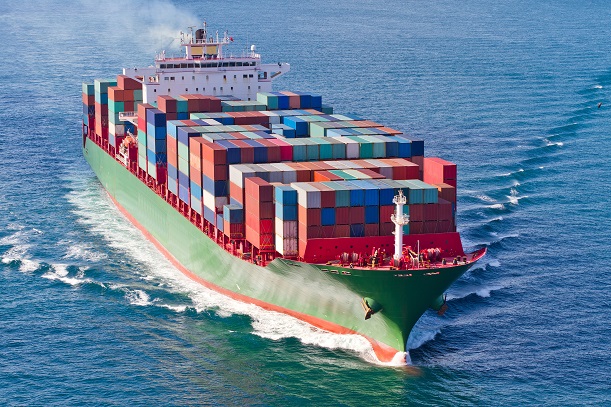The standards have been developed under the United Nation’s agency, Centre for Trade Facilitation and Electronic Business (CEFACT).
They will help introduce technology into all aspects of the supply chain and are designed to improve decision making by all stake holders.
Many smart containers are in use already, but the lack of global standards means there is no consistent way to capture and communication across different transportation modes.
Ending the disconnect
The Smart Containers BRS initiative to address this disconnect began in October 2017, working to develop Business Requirements Specifications (BRS) on which internationally standardised messaging will be based for smart containers’ data.
The effort has been led Hanane Becha, Innovation & Standards Senior Manager at Traxens, a French company which provides data and services to the supply chain industry.
Data will be generated once and shared between multiple stakeholders, platforms and systems; improving data exchange, automated workflow and alert generation.
APIs are the next step
These new standards will be the basis for open application program interfaces (APIs) to integrate disparate systems and data sets more quickly and easily than was previously possible.
“Thanks to smart containers standardised messages, the computer representation of the supply chain will become synchronised with the physical world, increasing the speed and accuracy of decision-making, the automation as part of transport and logistics execution and the seamless collaboration between stakeholders.
“Enhanced data will improve visibility and predictability for stakeholders as well as for regulatory agencies that need detailed information on consignments before they arrive at the border,” said Becha.



